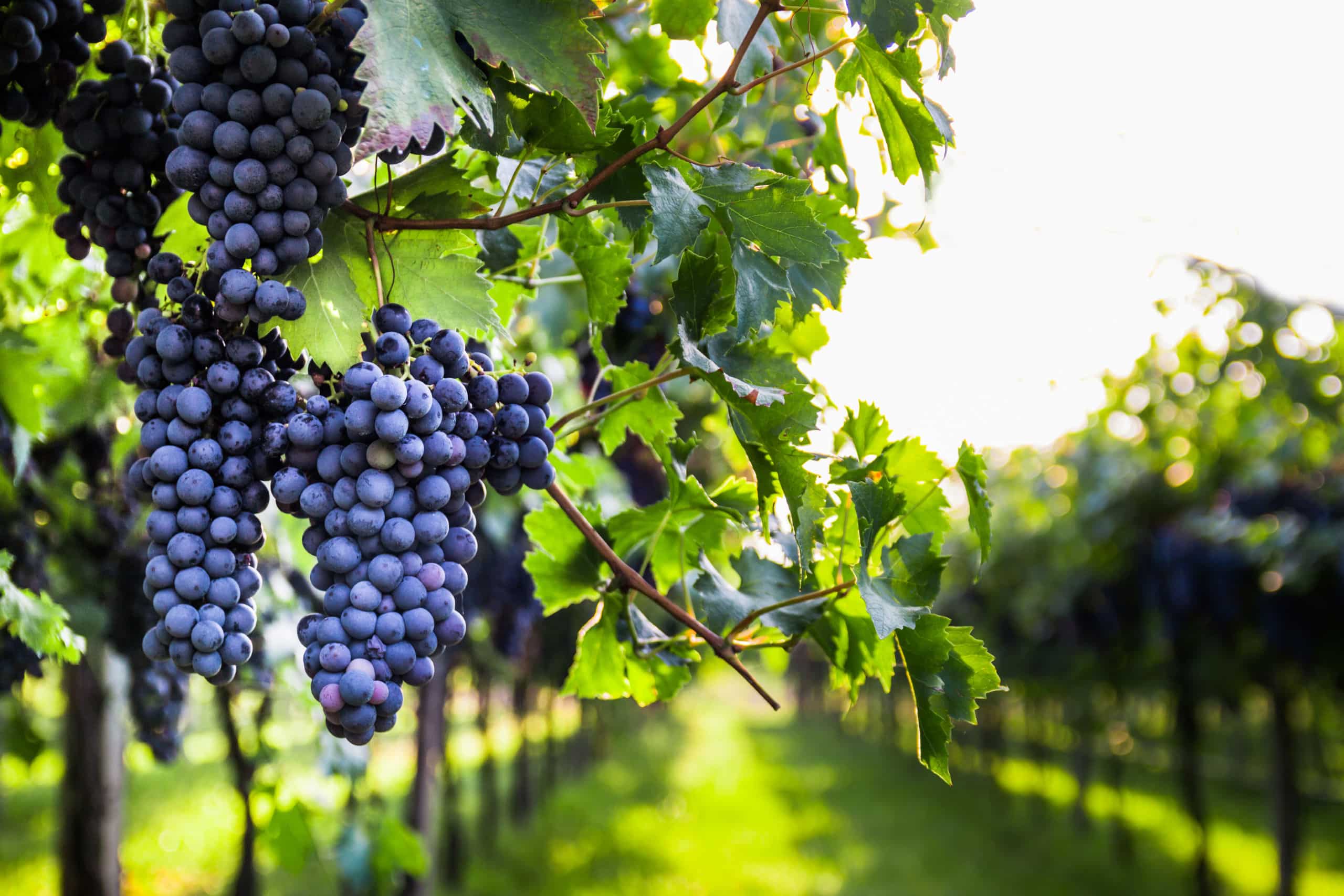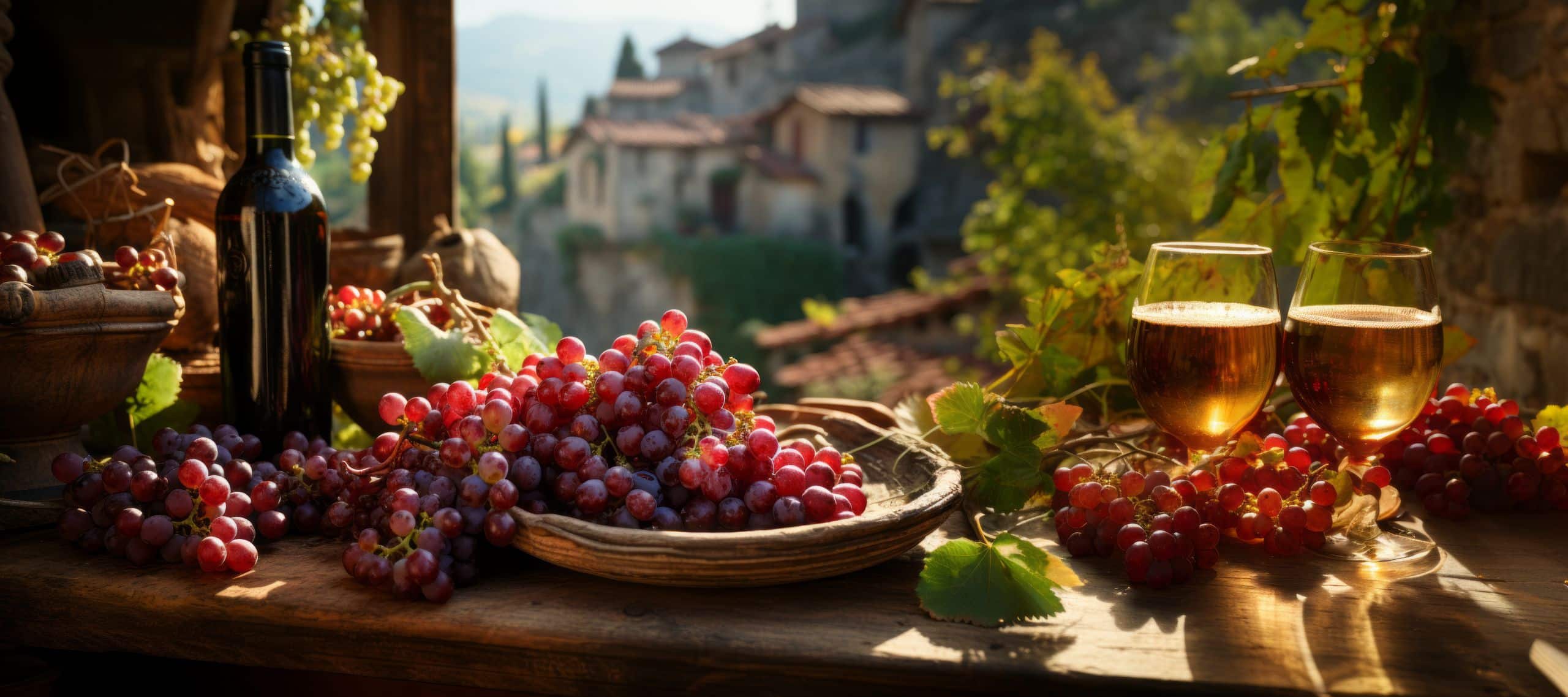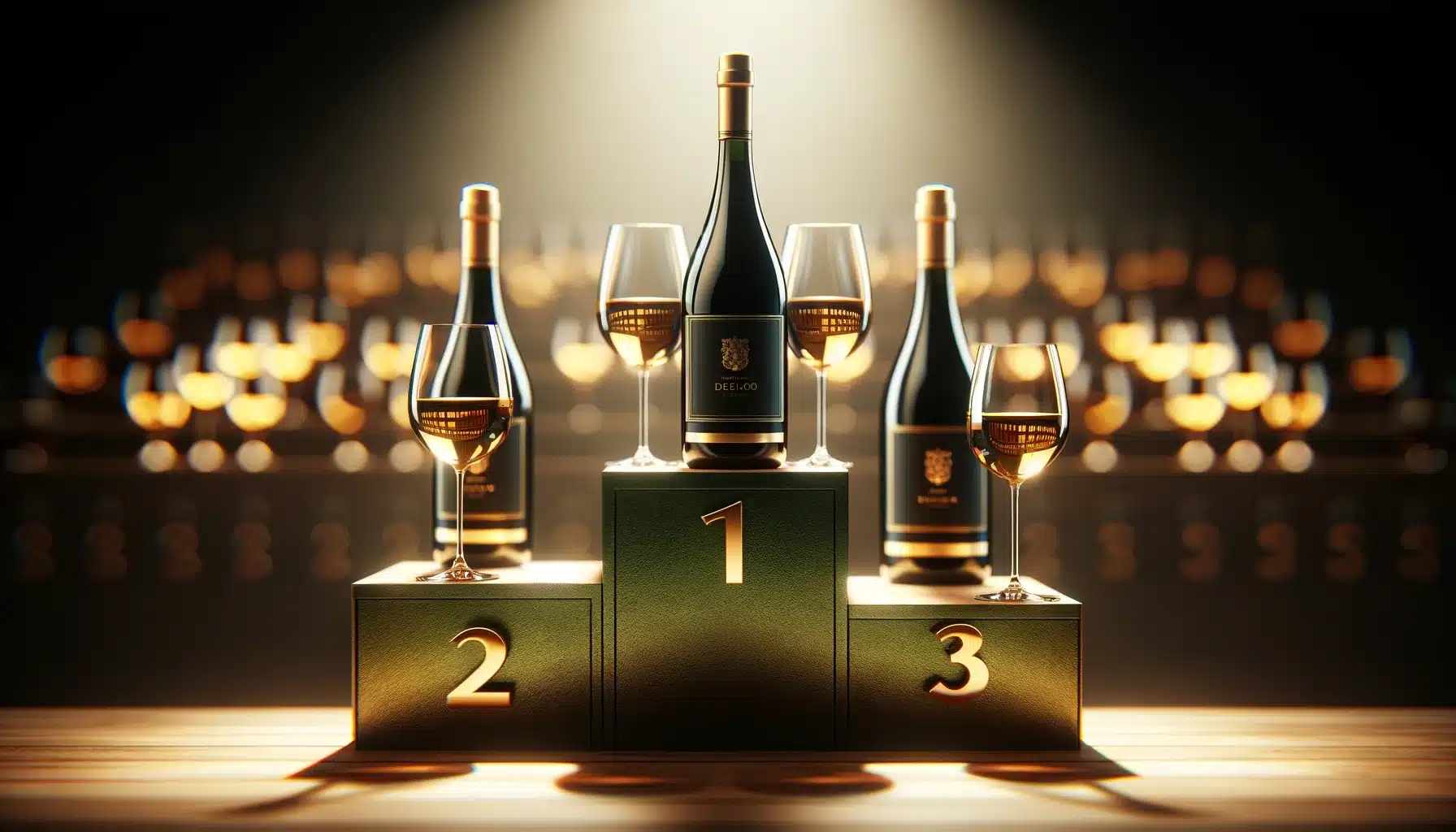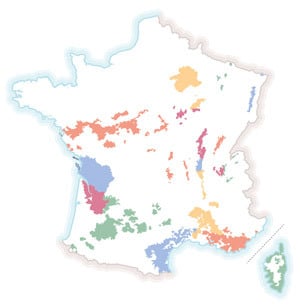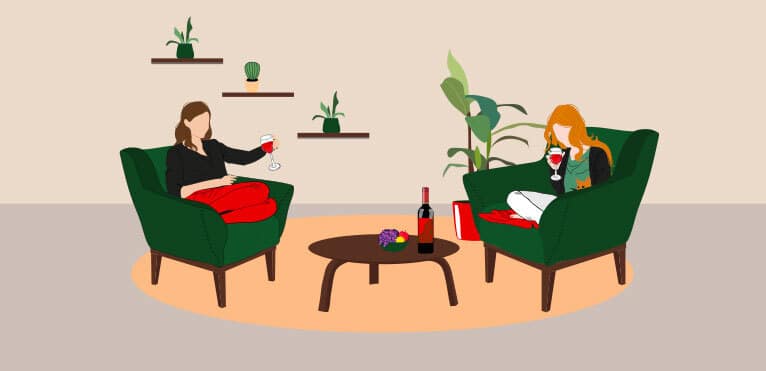
Contents
Wine properties you need to know
First of all, sugar, acidity and alcohol content are important elements to know if the wine is still good. Ageing potential depends on these factors.
Alcohol and sugar will preserve the wine. In addition, it will consume the sugars present to evolve.
For white wines, acidity is very important: it reveals the presence of organic acids that will transform into aromas over time.
For red wines, it’s the tannins: over time, the tannins will melt and give the wine its distinctive taste.
The dress
A second parameter to evolve is the wine’s color, i.e. all its visual aspects: color, brilliance, clarity, etc.
For white wine, an amber color with brown highlights is synonymous with fairly advanced oxidation, which is a bad sign for the wine.
For red wine, this is the case if its color tends towards brown tones.
Next, observe the wine’s brilliance, i.e. its ability to reflect light. If the wine is dull, that’s not a good sign either! A lack of brilliance often reveals a wine that has passed its maturity and peak phase.
Furthermore, if the wine is cloudy when exposed to a light source, this is generally a bad sign, but it does not necessarily mean that the wine is doomed! If it’s a red wine, it may show traces of sediment; if it’s a white, it may be tartar crystals. These are natural phenomena that in no way alter the quality of the wine. To determine whether the wine is still good, the glass is left to rest. If the cloudiness dissipates and the deposits fall to the bottom of the glass, then the wine has not been contaminated by bacteria.
The nose
On the other hand, the wine is probably no longer good if it has a faulty nose, or an unusual or even foul odor.
For example, it may have a pronounced vinegar odor. In this case, there’s a good chance it’s contaminated with acetic bacteria. It can still be good if it still has complex aromas.
A cardboard or corky smell can mean that a cork bottle has been contaminated with TCA, which is responsible for the famous corky taste.
However, there’s no need to throw it away just yet! It is still necessary to taste to conclude.
Taste has the final word!
After all, taste doesn’t lie, and it’s taste that determines the state of the wine.
Wine is no longer good if it has lost all its tannins, which means it no longer has any structure in the mouth. A total absence of acidity is also characteristic of a lack of freshness.
Or an unpleasant nutty or cidery taste means that the wine has undergone too much oxidation during the aging process.
And it’s obvious that wine is no good if it tastes like Madeira, a rancid taste.
